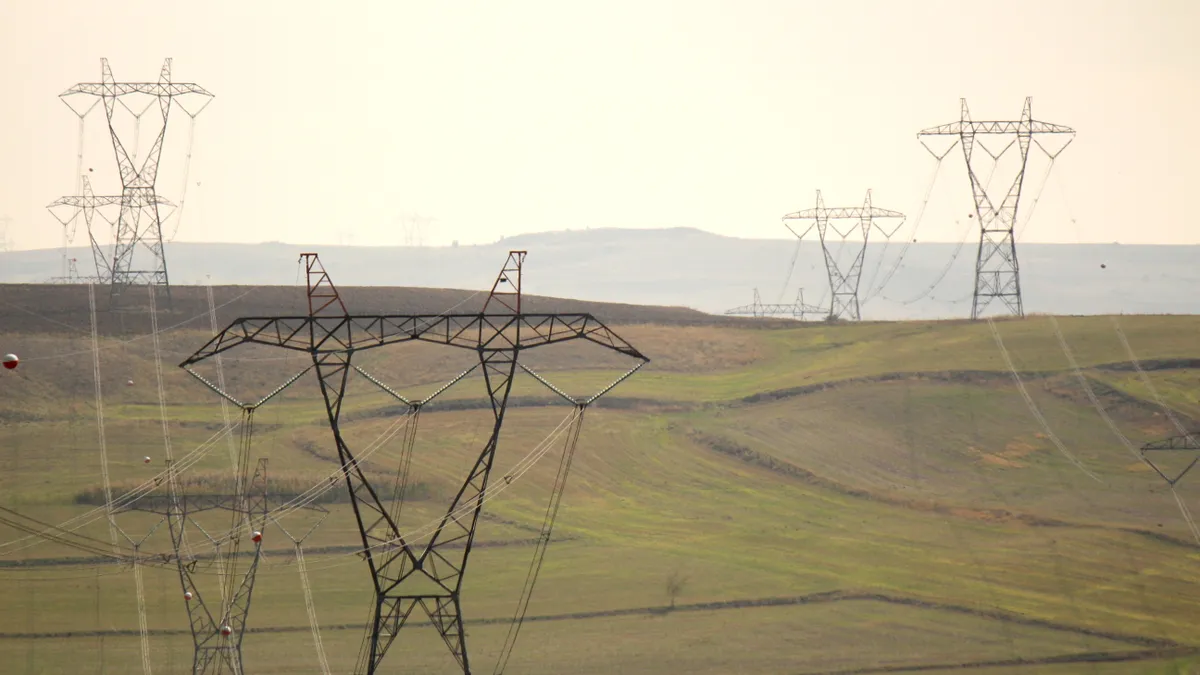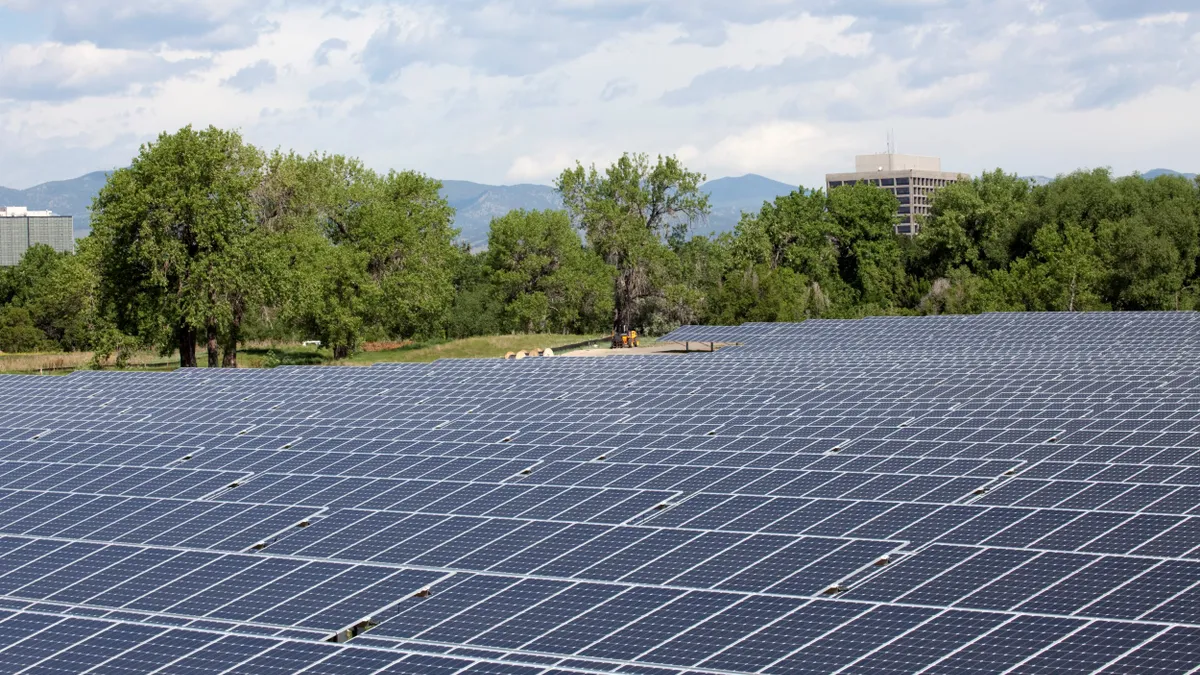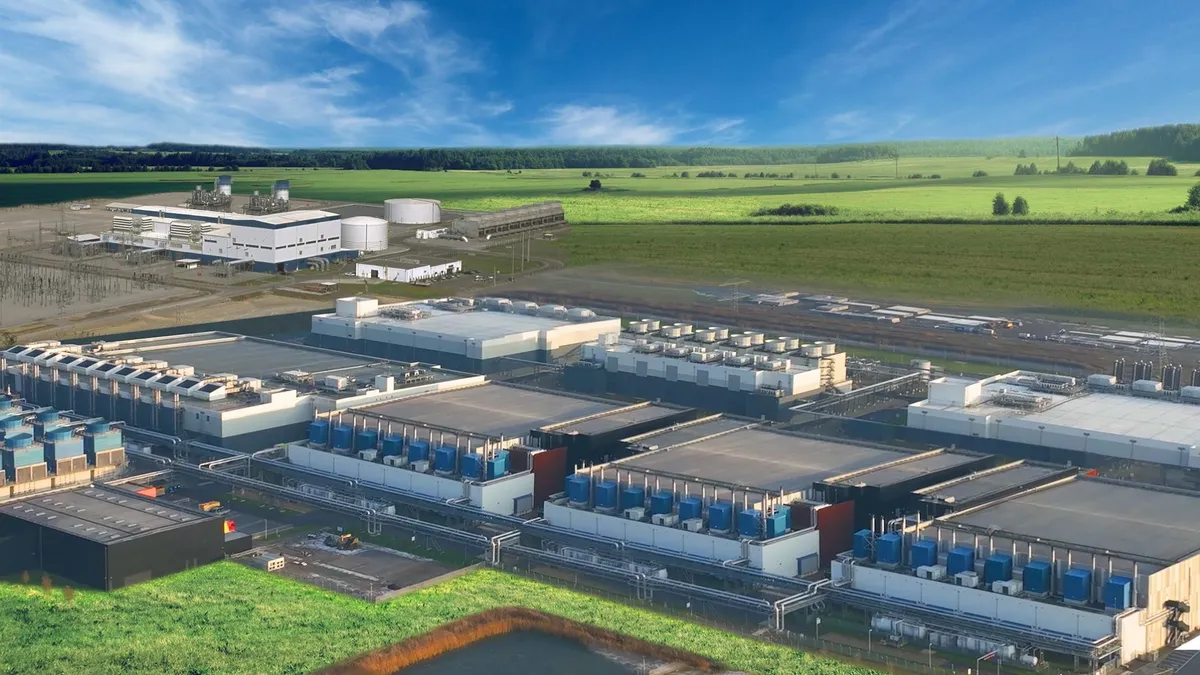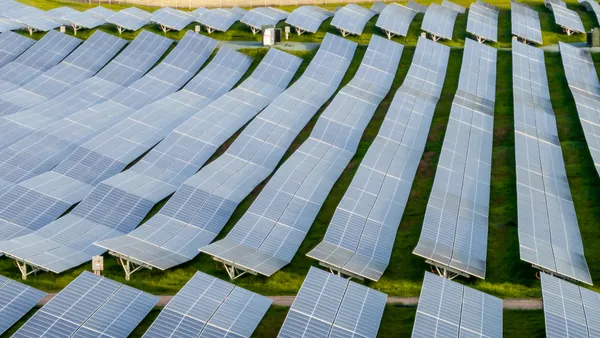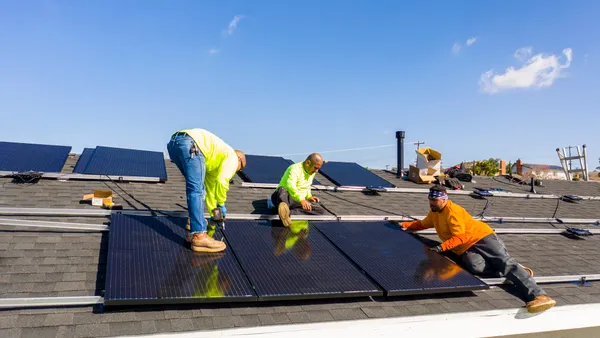The U.S. Treasury Department issued final rules last week updating the Section 48 investment tax credit and addressing issues raised in comments on the proposed rules regarding offshore wind, geothermal heat pumps, biogas, hydrogen storage and co-located energy storage.
The ITC has been available for decades, Treasury noted in a release. The Inflation Reduction Act extended the ITC and the related Production Tax Credit until 2025, “at which point the ITC and PTC will switch to a tech-neutral approach with credits that will be available in full for projects beginning construction at least through 2033,” Treasury said.
“By ending short-term legislative extensions for the Investment Tax Credit, the Inflation Reduction Act has given clean energy project developers clarity and certainty to undertake major investments and produce new clean power to meet growing electricity demand,” U.S. Deputy Secretary of the Treasury Wally Adeyemo said in the release.
Various clean energy business groups also welcomed the final rules.
“The updates and expansion of ITC create important clarity and strong market signals to invest in a variety of energy projects in the United States, including biogas, hydrogen, solar, grid equipment, and energy storage,” Lisa Jacobson, president of the Business Council for Sustainable Energy said in a release.
The final rules also clarify the definition of an energy project to “require ownership of the energy properties plus four or more factors from a list of seven factors and clarify that taxpayers can assess the factors at any point during construction or during the taxable year energy properties are placed in service.”
New clarifications in the final rules include definitions for what constitutes qualified biogas property, that hydrogen energy storage property doesn’t need to store hydrogen that is solely used as energy, and that the owner of underground geothermal coils can claim the credit if they own at least one heat pump used in conjunction with the coils.
“It will be interesting to see how these projects develop and what sort of contractual arrangements materialize between building owners and loop owners” as a result of the geothermal clarification, said Ryan Dougherty, executive director of the Geothermal Exchange Organization, which submitted comments on the proposed rule.
Dougherty said the group is pleased “that Treasury has made some accommodations in the final rule, particularly for community-scale, district systems, commonly known as thermal energy networks. Utility companies have a keen interest in TENs as a new business model and a number of states are moving ahead with enabling legislation and regulation to help these utility-owned models move forward.”
A release from the Coalition for Renewable Natural Gas said the group sees the guidance as a “major milestone” and “significant step forward for the biogas and renewable natural gas industries in North America, ensuring wider project eligibility for these critical tax credits.”
The rules “[unlock] opportunities for new and retrofitted projects while ensuring that biogas-to-RNG systems remain central to long-term U.S. decarbonization plans,” offering certainty to the billions of planned investments in RNG projects across the U.S., the Coalition for Renewable Natural Gas said.
The final rules also retain the proposed rules’ clarification that owners of offshore wind farms “can claim the credit for power conditioning and transfer equipment (e.g., subsea cables) that they own.”
The finalization of the ITC rule “will spur more domestic investment, job growth, and energy availability” with respect to the offshore wind industry, said Stephanie Francoeur, senior vice president of marketing and communications at Oceantic Network.



